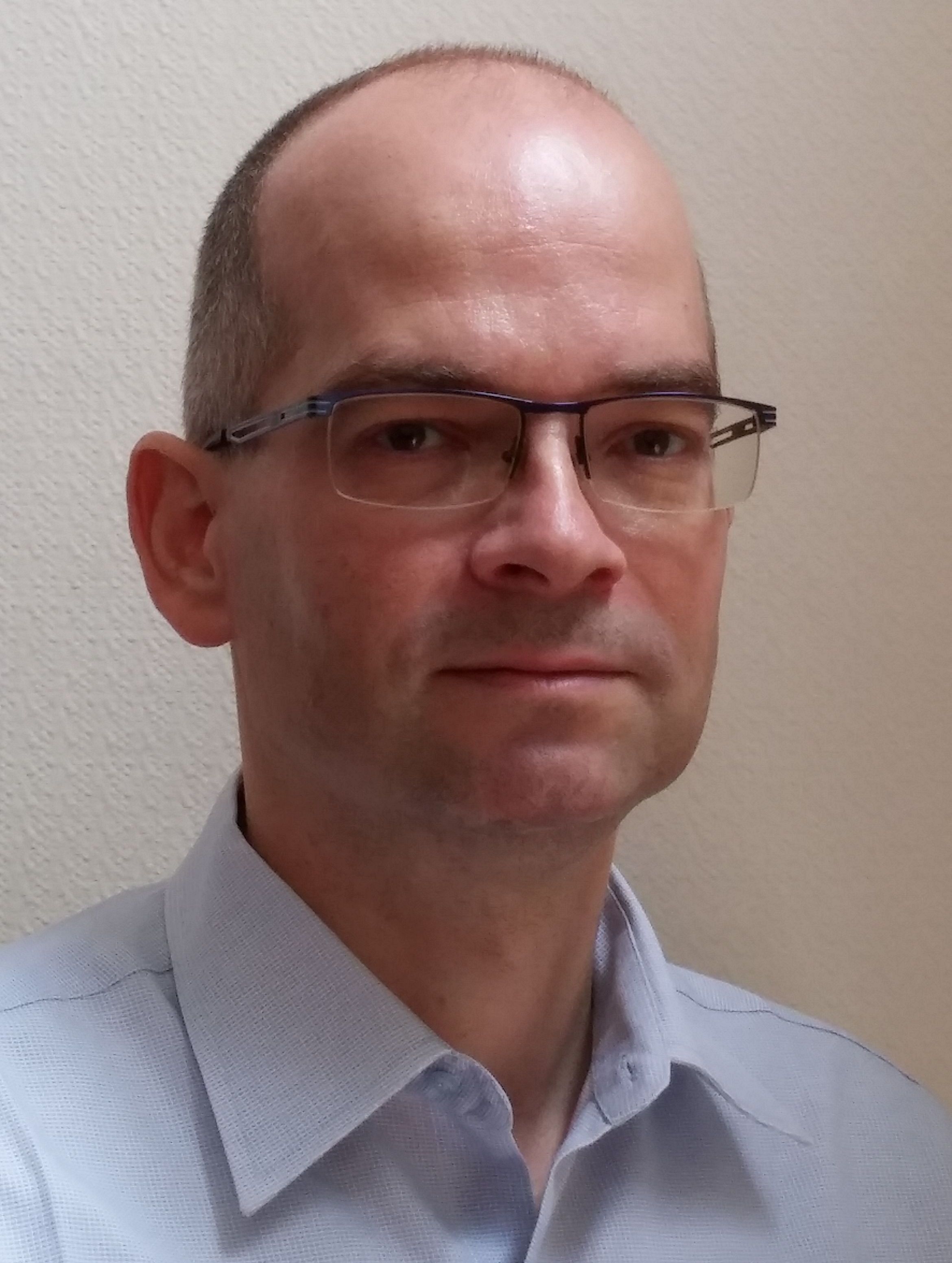Bayesian transdimensional inversion of the Fukushima Daiichi caesium 137 release
In this paper, my colleague Joffrey Dumont Le Brazidec revisits a former paper of ours on the inverse modelling of the Fukushima atmospheric radionuclides source term, using a transdimensional representation of the source term. Transdimensional analysis, proposed a few years ago by Thomas Bodin and his colleagues, allows to build an adaptive mesh discretisation of the source term which is part of the inversion and hence ideally adapts to the information extracted from the observation (through the Occam Razor or principle). This leads to a numerically very efficient inversion and which has a much better representation of uncertainty quantification. Joffrey has used the latest dataset on activity concentrations and deposition measures of caesium 137 in the area of the Fukushima-Daiichi nuclear power plant. He has also implemented a full-brown transdimensional analysis that accounts for birth and death processes (of grid cells). This work has been carried in collaboration and thanks to the expertise of our colleagues of the IRSN (Olivier Saunier in particular).
The paper is entitled Bayesian transdimensional inverse reconstruction of the Fukushima Daiichi caesium 137 release, and is published (open access) in Geoscientific Model Development. This work has been supported by the IRSN.



